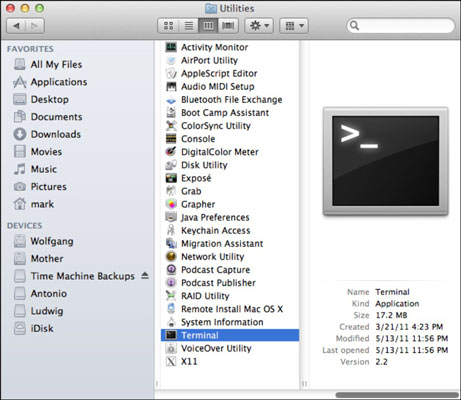
- #Air program for mac update
- #Air program for mac full
- #Air program for mac pro
- #Air program for mac software
- #Air program for mac code
It’s likely you’ll be using at least three windows simultaneously. Note, however, that the newer M1 Macs top out at 16GB, but because they handle RAM in a different way to Intel Macs, that’s actually plenty.Ī large screen is helpful too. Ideally, you should be looking at 16GB and more to create a safety net for future updates. You might even have to manually stop processes to free up RAM.Ĭurrently, the minimum amount of RAM you need for a comfortable coding experience is 8GB. Xcode alone is very RAM-heavy, and when you combine it with other apps, you’ll soon find you need a lot of memory to keep everything running smoothly. Perhaps the most important factor in coding is RAM. On top of that, the architecture of any Mac is exceptionally attractive. You can also benefit from macOS cross-platform compatibility and easily run both Linux and Windows. Most servers and file systems are built on top of Unix, so the Unix-based macOS is a natural choice. This is at least partly down to the Unix command line.
#Air program for mac pro
#Air program for mac software
RAM is important when you’re developing software on a Mac. You’ll probably want a good processor, though, plenty of RAM, and enough storage for all your projects.īut is raw power all that matters? Check out our guide to the best Macs for developers, and find out.

Graphically demanding apps require a decent graphics card, and integrated graphics may not be able to keep up. But which is best for you depends on what you’re coding. But the transition could take months or years, depending on the apps you use, and the performance penalty might be annoying in the meantime.If you’re a coder looking for a Mac, you’ve got a fair few different models to choose from.
#Air program for mac update
This problem will gradually go away as developers update their apps to work with Apple silicon, and it might not bother you if you’re replacing a years-old Intel Mac that struggles with this software. But in our tests, Intel apps that rely on you to do a lot of scrolling, clicking, and interacting with the user interface-web browsers, for instance, or software for editing photos, audio, and video-were definitely less responsive on an Apple silicon Mac.
#Air program for mac code
Apple’s Rosetta translation software-which allows software made for Intel chips to run on the new Apple silicon chips-is good, and for tasks like compiling code or transcoding video, where the processor just needs to crunch on data, Apple silicon Macs running Intel code can actually outrun Intel Macs running Intel code. You might consider an Intel Mac if you make extensive use of professional apps such as Adobe Premiere or any others that haven’t been updated yet and you need those apps to run quickly right out of the box (many of Adobe’s apps, including Photoshop, Lightroom, Illustrator, and InDesign, have been optimized for Apple silicon as of June 2021).

We’ll do our best to help you make that decision, and we’ll continue to update this guidance as the transition to Apple chips plays out and the company makes more public comments about how much support Intel Macs will receive over the next few years. The short answer is no, unless you need one for a specific reason. So the question is: In the early phase of this transition, when some Intel Macs are still hanging around but Apple silicon Macs aren’t all here yet, is it still a good idea to spend money on an Intel Mac?
#Air program for mac full
This transition started with the MacBook Air, the 13-inch MacBook Pro, and the Mac mini in the fall of 2020 and continued with the 24-inch iMac in the spring of 2021 the full lineup of Macs should complete the changeover by the end of 2022.ĭuring this transition period, Apple will support both Intel Macs and Apple silicon Macs with new features and software updates, before eventually dropping Intel Mac support in favor of focusing on newer, faster models with its own chips. Apple says that using its own “Apple silicon” chips will improve performance and battery life for Macs and provide less tangible benefits relating to security and privacy.
:no_upscale()/cdn.vox-cdn.com/uploads/chorus_image/image/65975270/akrales_191112_3778_0126.0.jpg)
Although Macs have used processors from Intel since 2006, new Macs from here on out will feature Apple-designed chips like the ones in iPhones and iPads. In November 2020, Apple began making a big change to its Mac lineup.


 0 kommentar(er)
0 kommentar(er)
